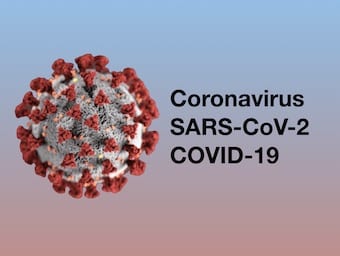
Ventilation: Acute Respiratory Distress Syndrome (ARDS)
Common oxygenation and ventilation complications associated with ARDS

Common oxygenation and ventilation complications associated with ARDS

Introduction to a series of posts titled "COVID-19: Keeping the baby in the bath", focusing on the need to build on existing knowledge in critical care and the appropriate testing of new therapies and innovations.

Part 3 of the "COVID-19: Keeping the baby in the bath" series discussing whether COVID-19 is part of acute respiratory distress syndrome (ARDS) and the importance of lung compliance.

The use of neuromuscular blockade in acute respiratory distress syndrome (ARDS) is controversial. Renewed interest since the French ACURASYS trial in 2010

Recruitment manoeuvres are transient increases in transpulmonary pressure designed to open up collapsed airless alveoli. Primarily used in severe acute respiratory distress syndrome (ARDS)

OVERVIEW DEFINITION The Berlin Definition (2013) SEVERITY ARDS Severity PaO2/FiO2* Mortality** Mild 200 – 300 27% Moderate 100 – 200 32% Severe < 100 45% *on PEEP 5+; **observed in cohort RISK FACTORS Direct Indirect PATHOPHYSIOLOGY Classical phases Complex interplay:…

definitions of acute lung injury (ALI) and acute respiratory distress syndrome (ARDS) have varied over time. ARDS was first described by Ashbaugh and Petty in 1967 in a case series of 12 ICU patients who shared the common features of unusually persistent tachypnea and hypoxemia accompanied by opacification on chest radiographs and poor lung compliance, despite different underlying causes